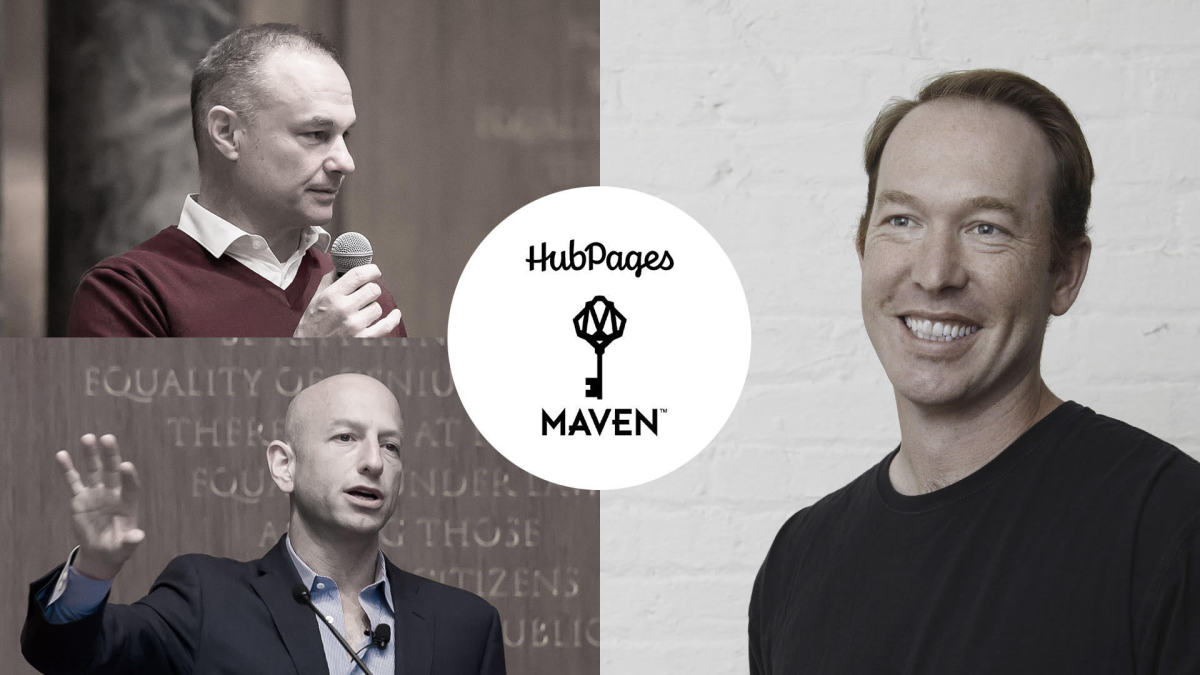How to Read and Understand a Mutual Fund Prospectus
Contemplating an initial deposit, or adding cash to an existing mutual fund holding within an individual, joint, or custodial account? Regardless of prevailing financial circumstances, when you begin the arduous, typically confusing process of researching different mutual funds, one of the most important pre-investment considerations, a common sense task which is often neglected to the unfortunate financial peril of scores, is allocation of adequate time to enable a full reading of the entire prospectus from beginning to end with a pre-determined goal of achieving a complete understanding as final result. The information contained within this user friendly guide will provide crucial key aspects to look for pertaining to the specific overall investment strategy of the fund, fungible, or possibly even unique investment products which will eventually be bought and sold on your behalf, applicable fee schedules, and just about every other related fact to help you determine suitability and the estimated inherent degree of risk. Two critical evaluation criteria. Always remember, mutual funds are 'NOT' FDIC insured, which means there is always potential risk to some or all of the principal amount invested despite assertions or sales gestures to the contrary. In most cases, when we discuss this type of investment vehicle with our advisor or consultant we typically have the tendency to take a quick glance at the booklet or online document, and then simply discard it without hesitation. Time constraints or just plain laziness is usually the main reason for this neglect which could indeed cost us hard earned money in the end.
Every Investment Company is required by the appropriate regulating body to draft and print a prospectus for each individual fund they manage, and every registered rrepresentative who sells the fund is required to deliver a copy of this literature to the perspective client no later than the point of sale. This standard procedure should indicate to a perspective investor the extent of valuable information contained within this booklet. It really is a must read. There are so many aspects to consider if you intend to make your best educated decision based on the facts, and in this series I will offer some tips & ideas on how to interpret certain facets of the mutual fund prospectus. Understanding the actual mechanics of how this type of vehicle works compared to other investments should give you the knowledge you need to plan wisely.



- This entry was published for informational purposes only, and is not an endorsement or recommendation for any security. Always consult your "Advisor" or "Accountant" before making any decisions. YOU & YOUR Professional Guide are the only two persons who understand your unique, individual financial situation, therefore, the only persons capable of creating a suitable financial strategy -
- The mutual fund prospectus contains almost all the essential information a potential investor needs to make an educated decision. Here are some highlights you will find in the average booklet:




- Overview
The prospectus contains pertinent information regarding many different aspects of this particular investment vehicle, but in this article, our focus will be on a funds overall "Objectives", "Fees" ( if any ), and "Investment Holdings & Strategy". It can come in two forms, either a physical hard copy or an online virtual version. Both should include the same content.
One important thing to keep in mind is the following, it is an infraction of the code of ethics for a financial advisor or consultant to sell a mutual fund to a perspective client without delivering a copy no later than the point of sale. The N.A.S.D. ( National Association of Securities Dealers - A regulating body that over sees certain aspects of stock market activity ) has enacted an extensive list of unambiguous rules of conduct pertaining to this and other Client/Advisor relationship issues. So, if you are shopping around for this type of automatically diversified investment, make sure you obtain either a paperback copy or have access to it online.
- TIP - Read the entire PROSPECTUS and understand the contents before investing -

- Prospectus Contents -
-
Charter
The charter is typically found at or close to the beginning of the booklet. This critically important section of the prospectus can be a little confusing or difficult to understand especially for the novice due to the specific language used, however certain key terms have a universal meaning, such as "Fees" or "Charges", sector types such as "Energy" or "Industrials". Key phrases or words like these should shed additional light and will give you an indication of the funds potential compatibility with your individual investment goals or strategy. If you don't understand certain sections or have questions regarding the content, be sure to ask your advisor to explain it to you, and if they can't provide an in depth answer, it might not be the kind of investment vehicle you would want to pursue. - Make sure you understand the product. -
The "Charter" will define many different aspects including which sector of stocks or bonds the fund will invest in, the ratio of stock holdings verses bonds, IPO participation if any, and several other factors. Read it carefully to determine if it's right for you.
- IPO Participation
If you are familiar with stock market investing this term is easily discernible, The mere mention in passing of an 'IPO' will always light up the eyes of an experienced investor. A good IPO is usually on the radar of every savvy stock market participant because the potential short or mid term profits to be gained are extremely attractive, especially to the "Gambling" type investor.
In short, an IPO ( Initial Public Offering ) is an allocation of a predetermined number of company shares issued to the public for the very first time. A transition from public to private ownership. Check the prospectus to determine if the fund's charter allows for IPO participation. If it does, have your Advisor discuss the potential risks and or rewards associated with this type of purchase and decide for yourself if it's suitable and the right fit for your financial goals.



- A or B Shares?
There are so many different Mutual Funds managed by so many institutions that it would be virtually impossible to mention every detail involved when considering and ultimately purchasing this type of investment vehicle, so in this example we'll assume the choice you have is between an "A" or "B" share fund ( I will write extensively in the future about ETF's & No Load options ).
As previously mentioned in regard to a traditional Mutual Fund, there are several important factors to consider before investing but essentially you have two options as it relates to a sales charge or "Load". The first option is to either pay the fee up front at the time of purchase which means your account will consist of "A" shares that can be liquidated at any time without paying an early withdrawal or penalty charge, or you can purchase "B" shares and not pay a fee at the point of sale however, there will be a mandatory "Holding" period to avoid what is called a "Contingent Deferred Sales Charge" ( CDSC )".
Typically, if you participate in "B" shares and choose to withdraw funds before the holding period has expired, an early withdrawal redemption fee may be charged to the account. The holding period is usually 5 years on average and the charge is tied to a declining scale. Please see the chart below which illustrates a typical "CDSC".
After the "Holding Period" is up, your "B" shares will convert over to "A" shares and from that point on you will be charged the lower annual maintenance fee.
- Ask your Advisor about applicable annual fees ( Aside from the sales charges ) which may vary widely among different Mutual Fund Companies. ( A verses B shares etc ) -
- The prospectus should contain a graph illustrating the percentage charge for each corresponding year. It should look something like the following:
YEAR SOLD ( Liquidated )
| CHARGE ( CDSC )
| |
|---|---|---|
Year
| 1
| 5%
|
Year
| 2
| 4%
|
Year
| 3
| 3%
|
Year
| 4
| 2%
|
Year
| 5
| 1%
|
Year
| 6
| 0%
|
- International or Domestic?
One of the main "Volatility" ( How fast or slow Price Fluctuation occurs ) drivers of any stock or mutual fund is the stability of the country in which the underlying stock is headquartered. Almost every large cap company today has at least a token international presence, but your main focus should be on stocks that rely almost entirely on their own country's ultimate success or failure, which in turn may be reflected in stock price hence, a negative or positive potential long term result in the funds overall performance.
For instance, a utility company in Chile. The company's revenue stream will be generated almost entirely from fees charged to Chilean customers for services rendered. The company may make other investments in different sectors to boost overall profits but the bulk of revenues will indeed come from within the nations borders. How stable is the country's economy? Is the region past its growth stage or in a state of pre-modernized infancy? Is the population increasing or declining? How is the infrastructure? These are just a few questions that should be asked when considering international investment, questions that could lead to the ultimate net profit or loss on the funds bottom line. On the other hand, domestic companies are a little easier to evaluate. Even though the largest of blue chips can falter, at least the underlying financial strength or weakness is usually more easily calculated and determined due to strict oversight and transparency laws here in the U.S. These laws require certain corporate information to be distributed to the public making it much easier to assess the company's financial situation.
- In essence, an International Company may be more volatile verses a Domestic Company such as 'IBM' or 'Proctor & Gamble'. This price movement in the stock can fluctuate substantially from day to day depending on the situation. So read the prospectus carefully to determine investment allocations and what percent of the funds capitol will be used to purchase international companies verses domestic. And remember there's usually more risk involved when buying foreign issues. Check with your Advisor for more detailed information -




"Read, Explore, & Experience" more literary and original visual works by this highly acclaimed author / publisher - Click "Alternative Prime" next to avatar at top of page -
|
|---|

NOTE to Visitors - The "Links" listed below within the "Discover More Hubs" segment are randomly selected and placed by HubPages, not the author of this specific entry - Alternative Prime does not necessarily recommend or endorse the articles nor guarantee quality of the content contained therein -
|
|---|








